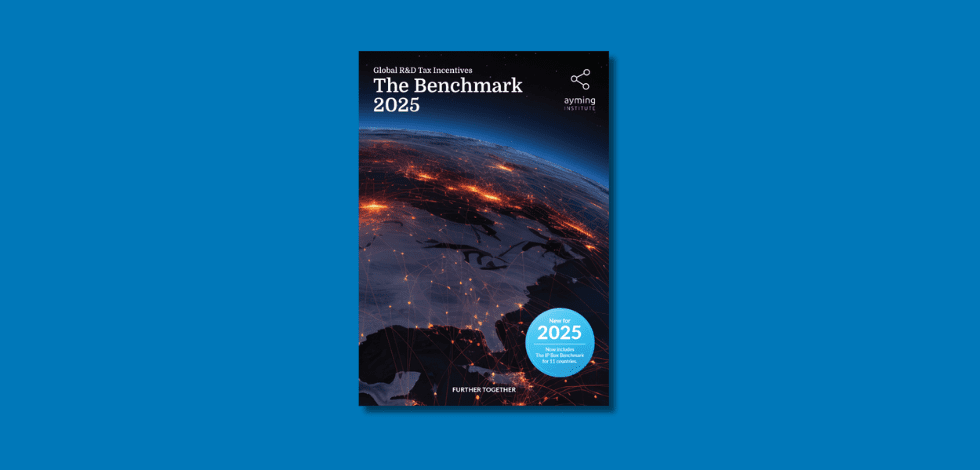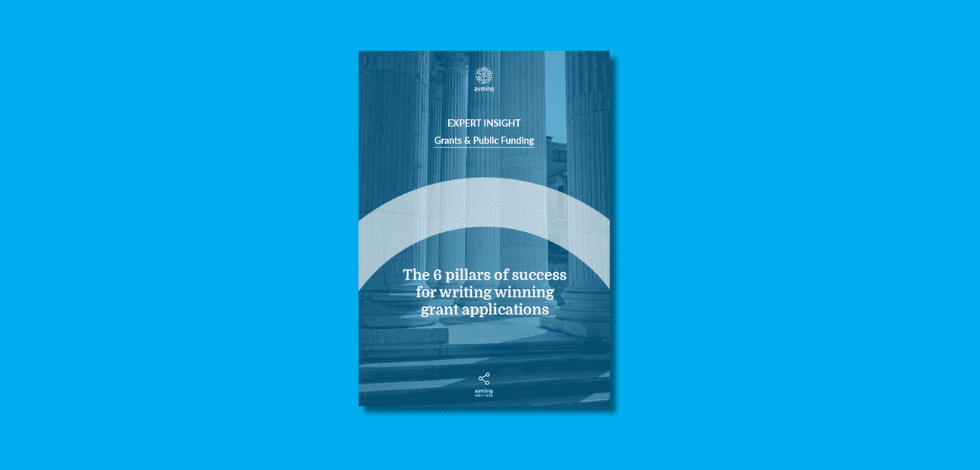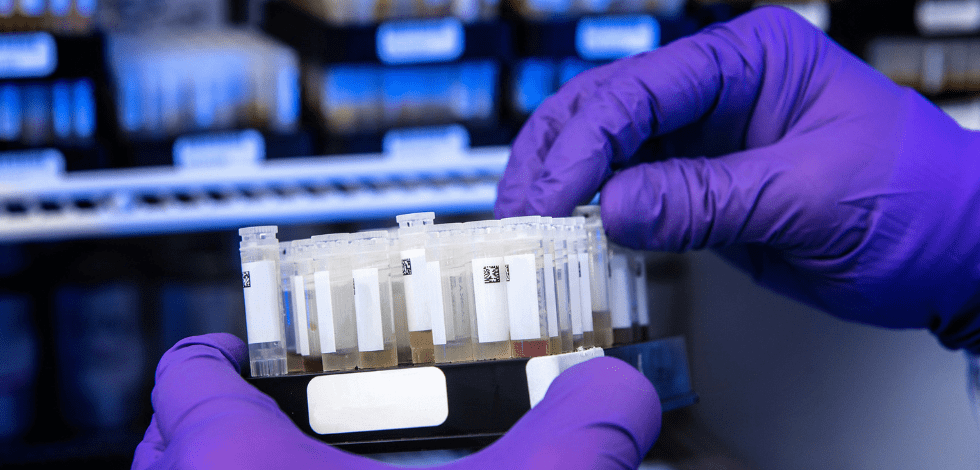Following the release of the HMRC’s annual R&D tax credit statistics last week, the main headline has been that the total value of tax relief support claimed for TY 2020-21 dropped 4%. This corresponds to £38.1 billion of R&D expenditure, 11% lower than the previous tax year.
These findings have raised some eyebrows. However, given the impact of COVID-19 across all sectors, which in the world of R&D played out in the form of furloughs, lab closures and the like, such a decrease was hardly unexpected.
The real headline comes buried at the bottom of the report: the discrepancy between HMRC and ONS Business R&D (BERD) statistics. The ONS now claims it was previously underestimating the value of R&D by as much as 60%.
This is a huge revelation. Most interestingly, it brings UK R&D spending up to almost 2.4% of GDP – incidentally the target set by the UK Government for business investment in the function back in 2017. Certainly a happy coincidence, which might not be all good news.
Will we see reductions in funding?
The UK Government has talked a big game on R&D lately, with its Innovation Strategy and declarations of becoming a ‘science superpower’. It has been a core pillar of Government strategy. But there is now a risk that the Government might use the new figures to mark a big tick in the R&D checkbox and begin to cut funding, especially the current leadership and in this turbulent environment.
This would be a huge backwards step in the UK’s stated objective of becoming “the most innovative country in the world”. Not only do we know that many businesses depend on this funding for financing R&D, but according to Ayming’s latest International Innovation Barometer (IIB), tax credits are the second most important factor for firms deciding where to carry out their R&D, proving it a useful tool for attracting innovation.
After all, the figures might not tell the full story. The revised estimates, arrived at using an “improved” methodology, which is part of a wider redevelopment of the ONS’ statistical approach, also highlight the persistent challenge of securing accurate, consistent R&D calculations.
Even establishing a consistent definition of R&D has proven nigh impossible to date, with policies and perspectives differing significantly between sectors, nationalities and job roles, despite the existence and use of the OECD’s Frascati Manual guidelines as a basic cross-border standard.
It’s clear that there is a widespread need for more consistent, granular guidelines around defining and measuring R&D. Current inconsistency leaves the system open to manipulation. It also makes it difficult for business leaders to track their own progress.
With the ONS is already in the middle of rethinking its methodology, it might be a good time for a broader, international rethink, which could involve moving away from measuring by investment and looking at things more in terms of output considering R&D spending does not always translate into innovation. The UK can and should lead the charge.
By Mark Smith, Partner – Innovation Incentives, at Ayming UK















No Comments